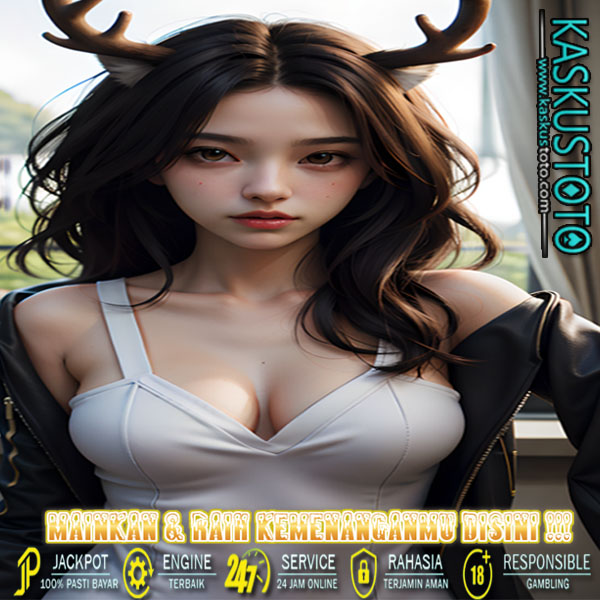KASKUSTOTO | Dapatkan Hadiah Togel 4D Terbesarmu Hanya Di Link Toto Togel Terpercaya 2024
Dengan bergabung dan bermain di link Toto Togel terpercaya 2024 di Indonesia, Para pemain togel online bisa meraih hadiah Togel 4D terbesar dan terbaik yang ada dalam permainan untuk mendapatkan pengalaman terbaikmu disini!
Quantity:
